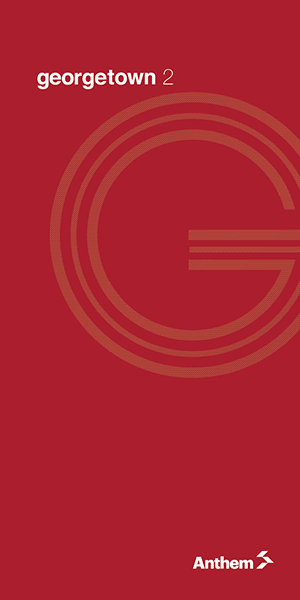Mumbai – The dance bars were once considered the jewel in the crown of Mumbai’s non-stop night life — until they were banned and shut down in August 2005.
Unique to the maximum city which never slept, dance bars had scores of young girls or women dancing away to blaring Bollywood numbers with colourful lights, a hazy airconditioned atmosphere reeking of the smell of cigarette smoke and liquor, plus food.
The patrons, mostly youth or wealthy businessmen, tourists both domestic and international, enjoyed an “interactive” session with the dancers by showering them with currency notes.
At times, depending on how regular the patrons were, they were even permitted to shake a leg under the strict watch of bouncers.
The culture of dance bars started modestly in Khalapur, in Raigad district, around 75 km from Mumbai, in the early 1980s.
The first such bar was ‘Baywatch’ which functioned quietly at night. Around 500-600 dancers and bar girls were brought from different parts of Mumbai and Thane in airconditioned buses to the venue in late afternoons.
The strategic location of Khalapur made it a favourite with the revelers, it was just off the Mumbai-Pune highway, and a vehicle disappearing into the rural darkness was hardly noticed or missed.
After earning a bundle – ranging from a few hundred to a few thousand rupees – many of the dancers would return by the same bus early morning the next day and reach home before sunrise; the ‘others’ who stayed back with patron-customers would make their own arrangements to go home.
The move soon picked up and spread like wildfire in Mumbai and Thane. At one point of time, there were an estimated 3,000 such night-bars employing over 75,000 dancers, but other estimates pegged the figure at around half a million.
Crores of rupees literally used to be blown up in these dance bars and there were some attractive dancers like Tarannum who was even raided by the Income Tax department.
Some of the top-end dancers used to arrive to ‘work’ in snazzy chauffeur-driven vehicles, with their own private armed security and an assistant to collect their earnings — currrency notes showered on them by patrons.
But, for a majority of the other dancers, the plight was akin to what was vividly shown in the national award-winning 2001 movie “Chandni Bar”.
Since the dance bars were routinely frequented even by the mafia operatives, police found them a rich source of gathering intelligence on various crimes.
The business became so lucrative that many regular family restaurants converted to dance bars to cash in on the craze – which figured prominently in the international print and electronic media.
It was in March 2005 that then Home Minister R.R. Patil hinted that the government planned to ban dance bars in view of the unsavoury activities reportedly thriving there and as these allegedly corrupted the young.
By April that year, dance bars were banned in the state except Mumbai, but following a hue and cry, even the city was brought under the ban.
In May 2005, the Maharashtra State Commission for Women frowned on dancing, but said women could work as waitresses in bars.
Later, after many hiccups, Aug 15, the state finally downed curtains on the signature night life of Mumbai.
The anti-ban lobby moved the Bombay High Court and in April 2006, the ban was lifted, but the state government was granted time to move the Supreme Court.
In May 2006, the apex court admitted the Maharashtra government’s appeal against the high court decision, but continued the ban.
The Supreme Court has now finally struck down the state government’s order banning the dance bars.
Several former bar dancers welcomed the apex court decision and said that, after suffering for eight years, they would now be able to dance and earn a decent living.











